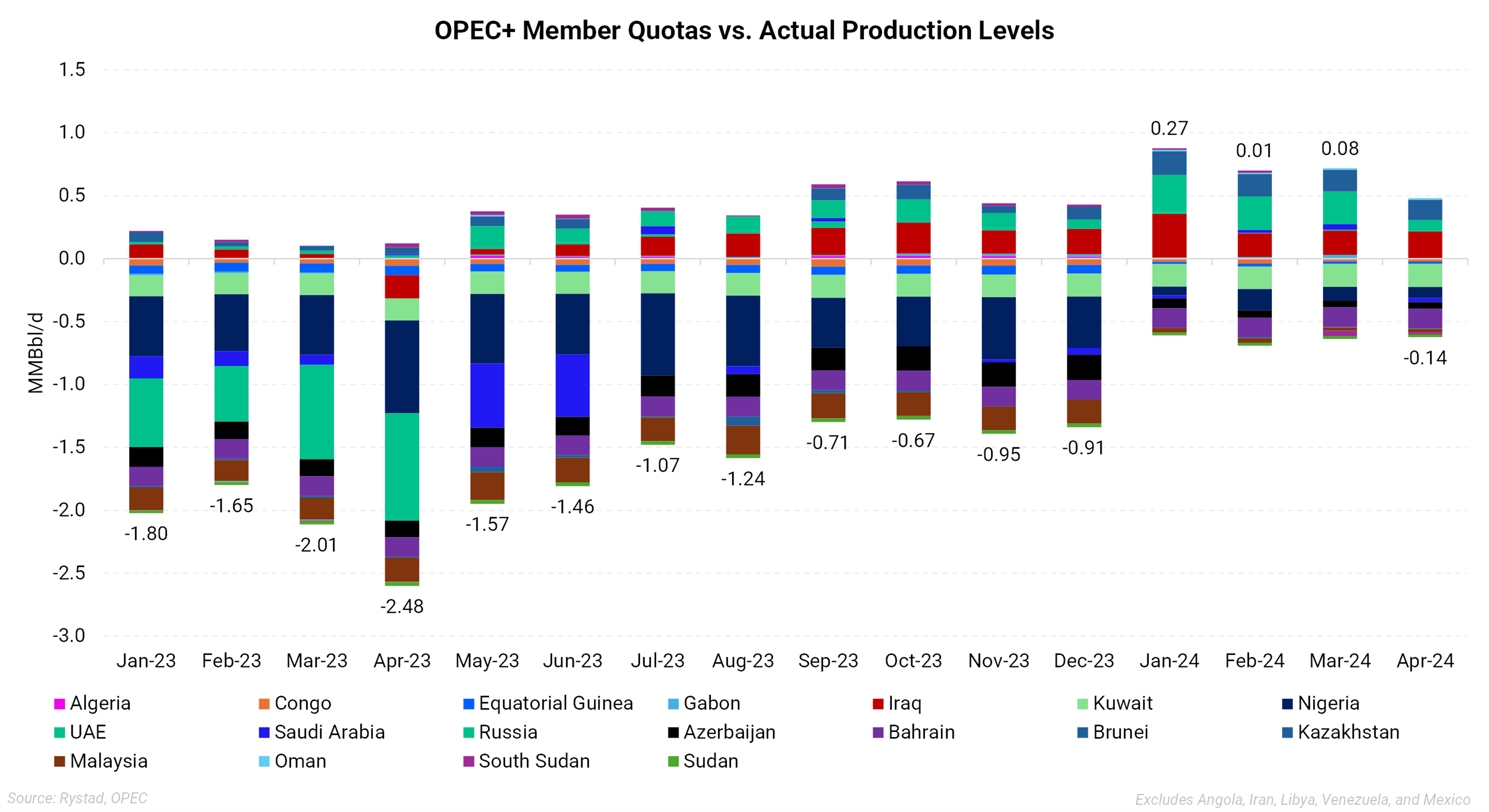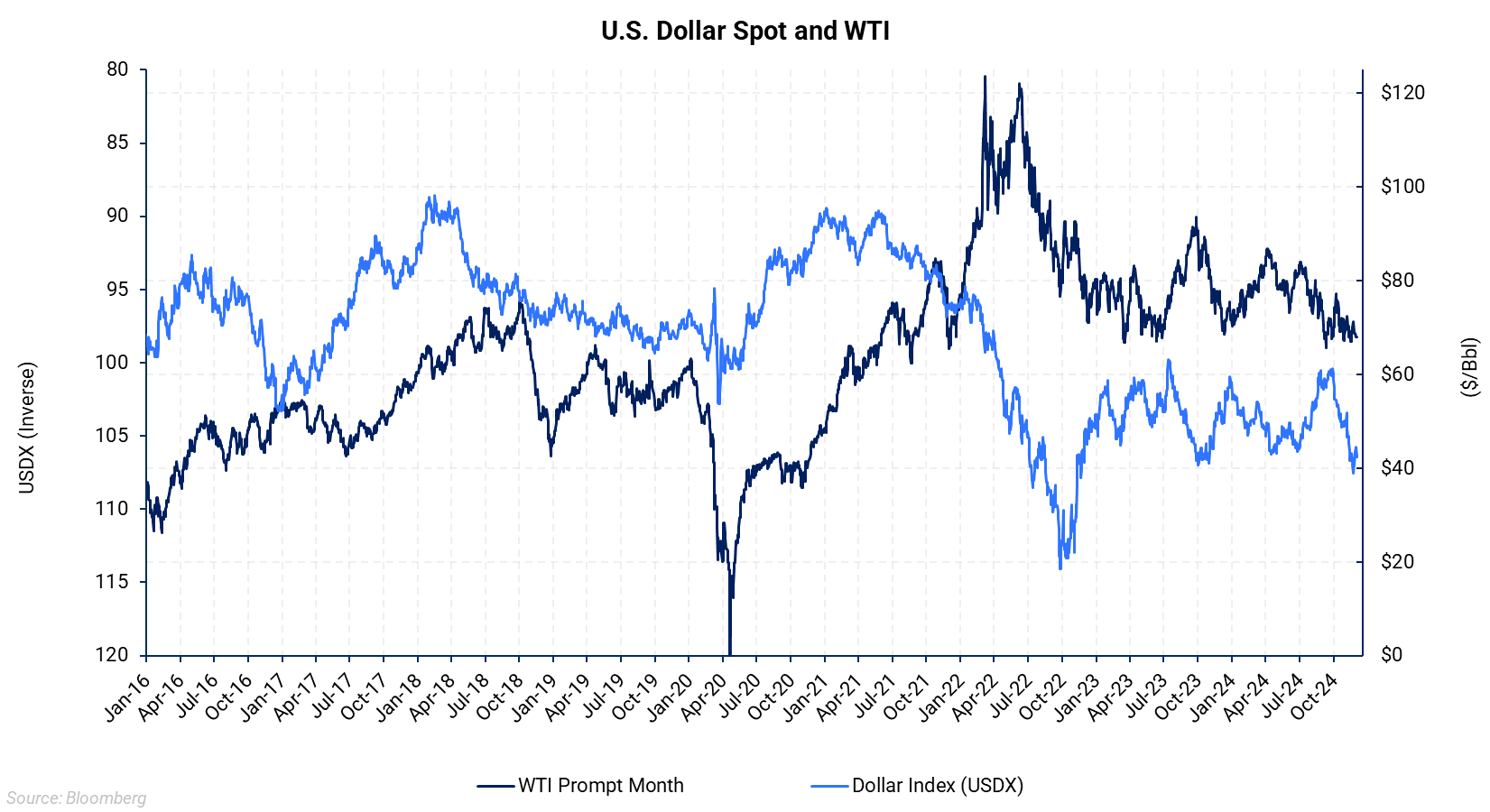Overview Crude oil is critical to transportation, manufacturing, and the global economy. Its price volatility can have widespread implications, affecting the cost of goods, the stability of economies, and geopolitical relations. Historical Over the past few decades, oil prices have experienced significant highs and lows due to geopolitical events, technological advancements, and shifts in supply and demand. 1970s: Oil embargoes and supply shocks led to steep price increases. 1980s: Discoveries of new oil fields and advancements in extraction technology caused prices to stabilize. 1990s: The Gulf War and economic recessions caused price volatility, but overall, the decade saw relatively stable prices due to increased production and improved relations among major oil producers. 2000s: Rising demand from emerging economies, coupled with geopolitical tensions, pushed prices higher. 2010s: Shale oil revolution in the U.S. increased supply, leading to a price decline. | 







